Silly Symphony
4 /10 1 Votes
| ||||||||||||||||||||||||||||||||||
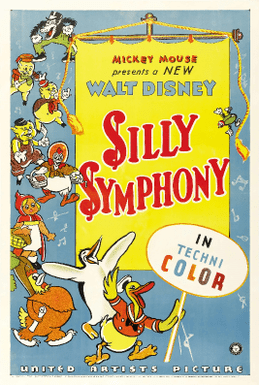 | ||||||||||||||||||||||||||||||||||
The ugly duckling silly symphony walt disney 1939
Silly Symphony is a series of 75 animated short films produced by Walt Disney Productions from 1929 to 1939. As their name implies, the Silly Symphonies were originally intended as whimsical accompaniments to pieces of music. As such, the films usually had independent continuity and did not feature continuing characters, unlike the Mickey Mouse shorts produced by Disney at the same time. (Exceptions to this include Three Little Pigs, The Tortoise and the Hare, and Three Orphan Kittens, which all had sequels.) The series is notable for its innovation with Technicolor and the multiplane motion picture camera, as well as its introduction of the character Donald Duck making his first appearance in the Silly Symphony cartoon The Wise Little Hen in 1934.
Contents
- The ugly duckling silly symphony walt disney 1939
- Silly symphony the skeleton dance 1929 disney short
- Production
- Distribution
- Columbia Pictures
- United Artists
- Home media
- Reception
- Legacy
- References
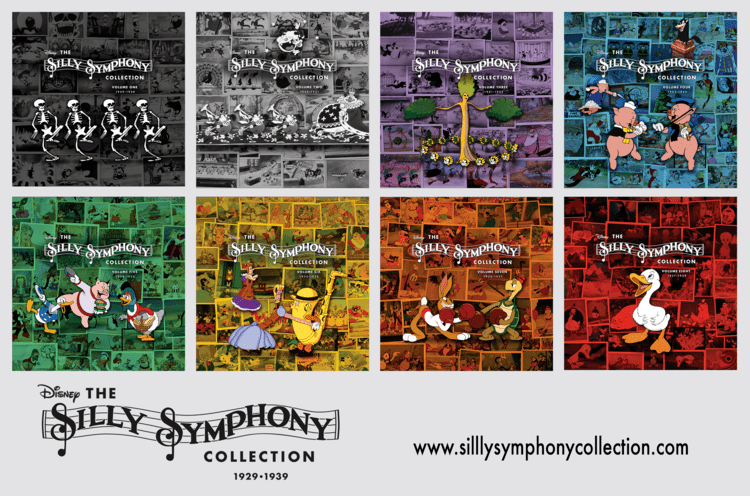
Silly Symphonies won the Academy Award for Best Animated Short Film seven times.
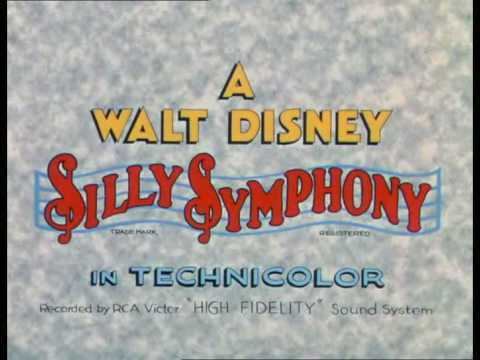
The series also spawned a Disney media franchise that included the newspaper comic strip Silly Symphony, the Dell comic book series Silly Symphonies, as well as several children's books, many of which were based on Silly Symphony cartoons.
Silly symphony the skeleton dance 1929 disney short
Production
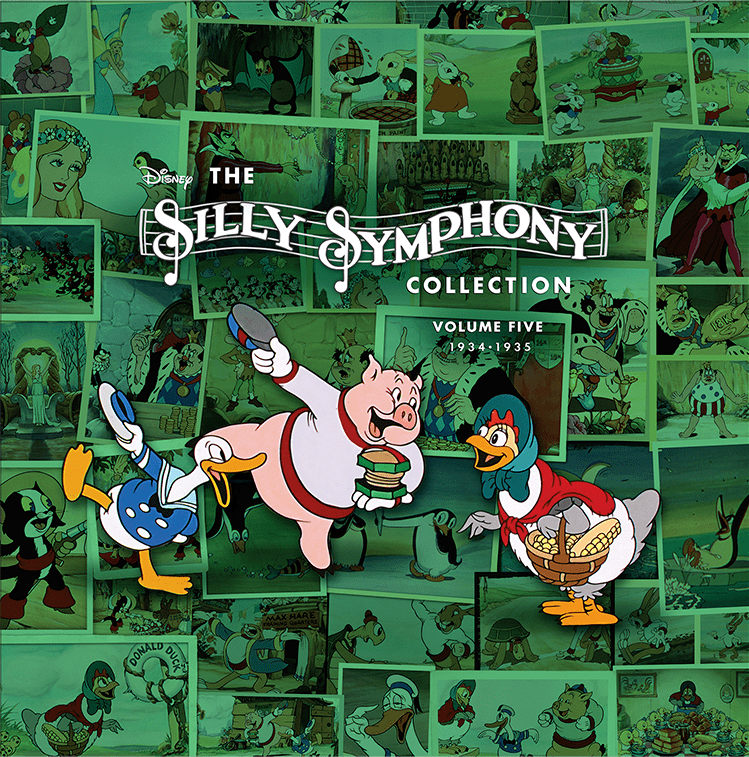
Within the animation industry, the Silly Symphonies series is most noted for its use by Walt Disney as a platform for experimenting with processes, techniques, characters, and stories in order to further the art of animation. It also provided a venue to try out techniques and technologies, such as Technicolor, special effects animation, and dramatic storytelling in animation, that would be crucial to Disney's plans to eventually begin making feature-length animated films.

Shortly after the switch to United Artists, the series became even more popular. Walt Disney had seen some of Dr. Herbert Kalmus' tests for a new three-strip, full-color Technicolor process, which would replace the previous, two-tone Technicolor process. Disney signed a contract with Technicolor which gave the Disney studio exclusive rights to the new three-strip process through the end of 1935, and had a 60% complete Symphony, Flowers and Trees, scrapped and redone in full color. Flowers and Trees was the first animated film to use the three-strip Technicolor process, and was a phenomenal success. Within a year, the now-in-Technicolor Silly Symphonies series had popularity and success that matched (and later surpassed) that of the Mickey Mouse cartoons. The contract Disney had with Technicolor would also later be extended another five years as well. The shorts began to have stronger plots too, and the success of Silly Symphonies would be tremendously boosted after Three Little Pigs was released in 1933 and became a box office sensation; the film was featured in movie theaters for several months and also featured the hit song that became the anthem of the Great Depression, "Who's Afraid of the Big Bad Wolf". Several Silly Symphonies entries, including Three Little Pigs (1933), The Grasshopper and the Ants (1934), The Tortoise and the Hare (1935), The Country Cousin (1936), The Old Mill (1937), Wynken, Blynken, and Nod (1938), and The Ugly Duckling (1939, with an earlier black-and-white version from 1931), are among the most notable films produced by Walt Disney. Due to problems related to Disney's scheduled productions of cartoons, a deal was made with Harman and Ising to produce three Silly Symphonies; Merbabies, Pipe Dreams, and The Little Bantamweight. Only one of these cartoons, Merbabies, ended up being bought by Disney, the remaining two Harman-Ising Silly Symphonies were then sold to MGM who released them as Happy Harmonies cartoons. Disney ceased production of Silly Symphonies in 1939.
Distribution
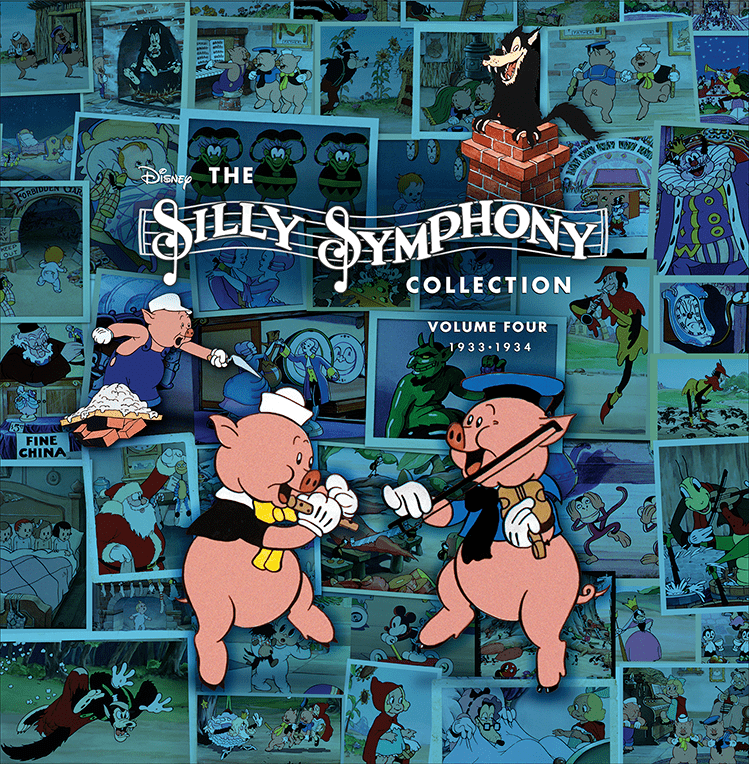
The series was first distributed by Pat Powers from 1929 to 1930 and released by Celebrity Productions (1929–1930) indirectly through Columbia Pictures. The original basis of the cartoons was musical novelty, and the musical scores of the first cartoons were composed by Carl Stalling.
Columbia Pictures
After viewing "The Skeleton Dance", the management at Columbia Pictures quickly became interested in directly distributing the series, and gained the perfect opportunity to acquire Silly Symphonies after Disney broke with Celebrity Productions head Pat Powers after Powers signed Disney's colleague Ub Iwerks to a studio contract. Columbia Pictures (1930–1932) agreed to pick up the direct distribution of the Mickey Mouse series on the condition that they would have exclusive rights to distribute the Silly Symphonies series; at first, Silly Symphonies could not even come close to the popularity Mickey Mouse had. The original title cards to the shorts released by Celebrity Productions and Columbia Pictures were all redrawn after Walt Disney stopped distributing his cartoons through them. Meanwhile, more competition spread for Disney after Max Fleischer's flapper cartoon character Betty Boop began to gain more and more popularity after starring in the cartoon Minnie the Moocher; by August 1932, Betty Boop even became so popular, that the Talkartoon series was renamed as Betty Boop cartoons.
United Artists
In 1932, after falling out with Columbia Pictures, Disney began distributing his products through United Artists. UA refused to distribute the Silly Symphonies unless Disney associated Mickey Mouse with them somehow, resulting in the "Mickey Mouse presents a Silly Symphony" title cards and posters that introduced and promoted the series during its five-year run for UA.
Home media
Several Symphonies have been released in home media. For instance, the original Dumbo VHS included Father Noah's Ark, The Practical Pig and Three Orphan Kittens as bonus shorts to make up for the film's short length. In the UK, several Symphonies were released in compilations under Walt Disney Home Video's "Storybook Favourites" brand. The three volumes released included among others, Three Little Pigs, The Tortoise and the Hare and the remake of The Ugly Duckling. Most home media releases of various Disney films also include Symphonies as bonus shorts.
On December 3, 2001 - two days before the 100th anniversary of Walt Disney's birth - Disney released "Silly Symphonies" as part of its DVD series "Walt Disney Treasures". On December 19, 2006, "More Silly Symphonies" was released, completing the collection and allowing the cartoons to be completely available to the public.
Reception
Disney's experiments were widely praised within the film industry, and the Silly Symphonies won the Academy Award for Best Animated Short Film seven times, maintaining a six-year-hold on the category after it was first introduced. This record was matched only by MGM's Tom and Jerry series during the 1940s and 1950s.
Legacy
Silly Symphonies brought along many imitators, including Warner Bros. cartoon series Looney Tunes and Merrie Melodies, MGM's Happy Harmonies, and later, Universal's Swing Symphony. The television series Mickey Mouse Works used the Silly Symphonies title for some of its new cartoons, but unlike the original cartoons, these did feature continuing characters. Disney also produced comic strips and comic books with this title.
The Symphonies also changed the course of Disney Studio history when Walt's plans to direct his first feature cartoon became problematic after his warm-up to the task The Golden Touch was widely seen (even by Disney himself) as stiff and slowly paced. This motivated him to embrace his role as being the producer and providing creative oversight (especially of the story) for Snow White while tasking David Hand to handle the actual directing.
Years later after the Silly Symphonies ended, Disney occasionally produced a handful of one-shot cartoons, playing the same style as the Silly Symphony series. Unlike the Silly Symphonies canon, most of these "Specials" have a narration, usually by Disney legend Sterling Holloway.
